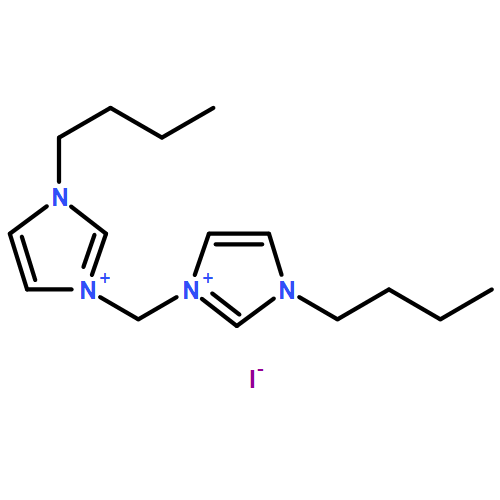Abstract
In the design of anticancer gold(I) complexes with high in vivo efficacy, tuning the thiol reactivity to achieve stability towards blood thiols yet maintaining the thiol reactivity to target cellular thioredoxin reductase (TrxR) is of pivotal importance. Herein we describe a dinuclear gold(I) complex (1-PF6) utilizing a bridging bis(N-heterocyclic carbene) ligand to attain thiol stability and a diphosphine ligand to keep appropriate thiol reactivity. Complex 1-PF6 displays a favorable stability that allows it to inhibit TrxR activity without being attacked by blood thiols. In vivo studies reveal that 1-PF6 significantly inhibits tumor growth in mice bearing HeLa xenograft and mice bearing highly aggressive mouse B16-F10 melanoma. It inhibits angiogenesis in tumor models and inhibits sphere formation of cancer stem cells in vitro. Toxicology studies indicate that 1-PF6 does not show systemic anaphylaxis on guinea pigs and localized irritation on rabbits.
